[ENG-SPN] Sorginetxe: Visiting the 'Witch's House' / Sorginetxe: visitando la ‘Casa de la Bruja’
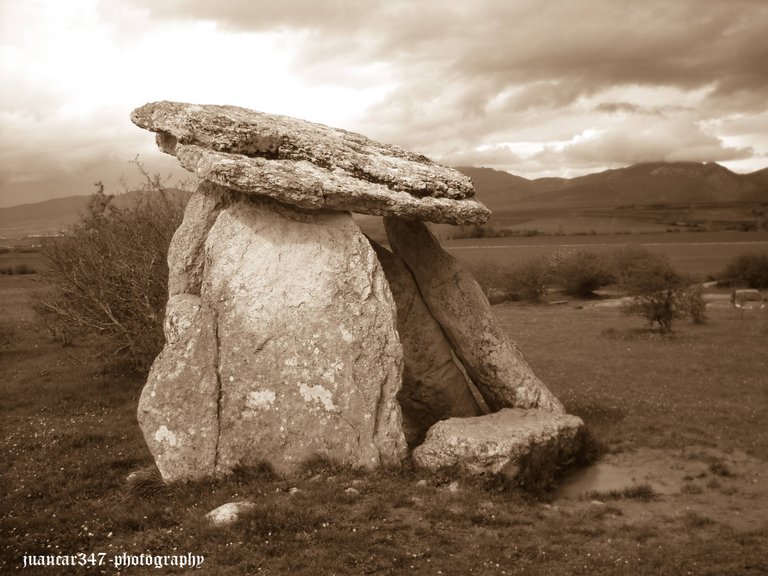
It wasn't exactly a home for witches, although it seems certain that there were times when they danced around it in the pleasant warmth of the bonfires. Nor were they as terrifying as the others Francisco de Goya painted commissioned by the Marquises of Osuna for their Capricho estate, which are now proudly displayed in the halls of the Lázaro Galdiano Museum in Madrid. In fact, and to put the matter to the extreme, they weren't even witches, but simply simple villagers who remained faithful to the customs and fertility rites of their farming ancestors.
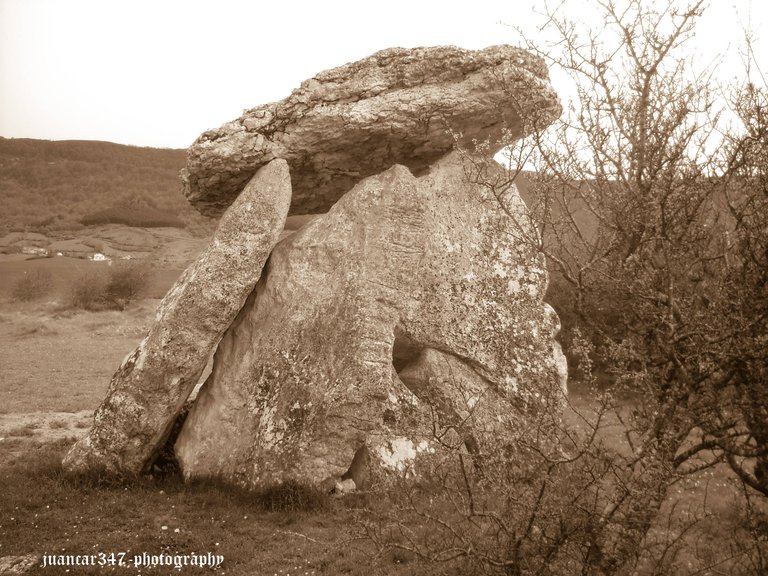
The concept of witchcraft, embellished with Satanism and the introduction of the figure of the Devil under the crude guise of a goat, arrived later, thanks to fervent evangelizers who, like Saint Martin of Dumio, declared a merciless war against both these elements, witnesses of a lost world, and those others who, dancing around them to celebrate the solstices and especially the gratifying bounty of the harvests, condemned them with the name 'veneratore lapidi'; that is, 'worshippers of stones'.
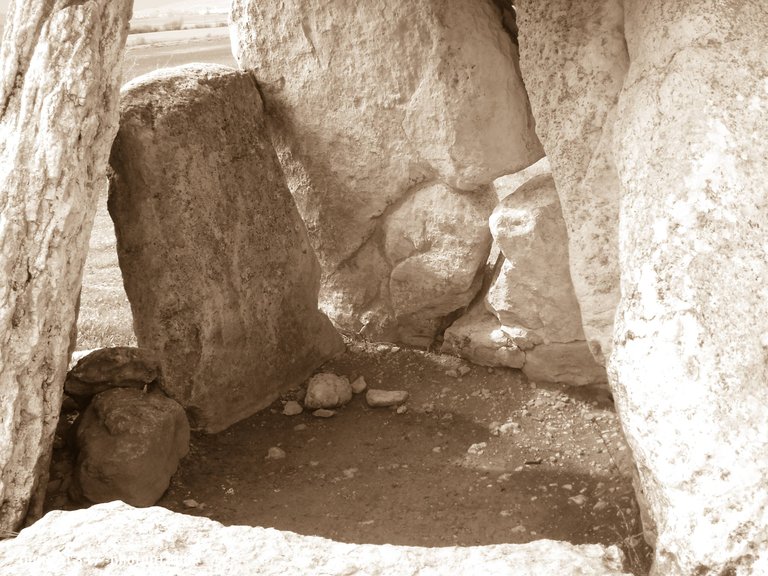
The Sorginetxe dolmen, therefore, is more than just a witness to a civilization. Like medieval church and cathedral builders millennia later, they had a rudimentary knowledge of astronomy and also knew how to choose the places where they would erect the physical manifestations of their faith, whether these served as temples, funerary precincts, or both at the same time. It is a survivor. A survivor, who isn't there for no reason, in that solitary place, where, at times, it is the plump flocks of sheep that, as invaluable servants of the ecological order, are responsible for keeping it free of stubble, possibly also benefiting from the telluric benefits of the place.
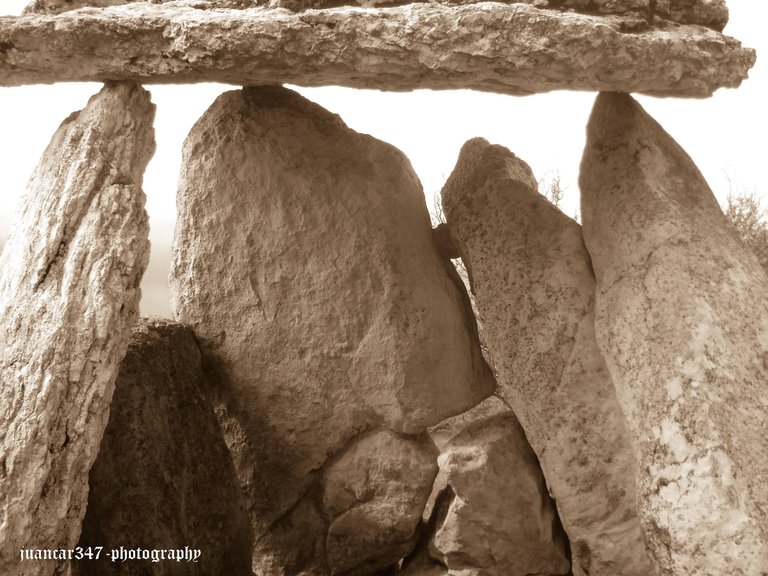
No fue exactamente un hogar para brujas, aunque sí parece cierto que hubo tiempos en los que éstas danzaban a su alrededor al grato calor de las hogueras. Tampoco eran tan terroríficas como aquellas otras que Francisco de Goya pintó por encargo de los Marqueses de Osuna para su finca del Capricho y que hoy se exhiben con orgullo en las salas del Museo Lázaro Galdiano, en Madrid. De hecho y apurando el tema hasta lo inapurable, ni siquiera eran brujas, sino tan sólo sencillas aldeanas que se mantenían fieles a las costumbres y a los ritos de fertilidad de sus antepasados agricultores.
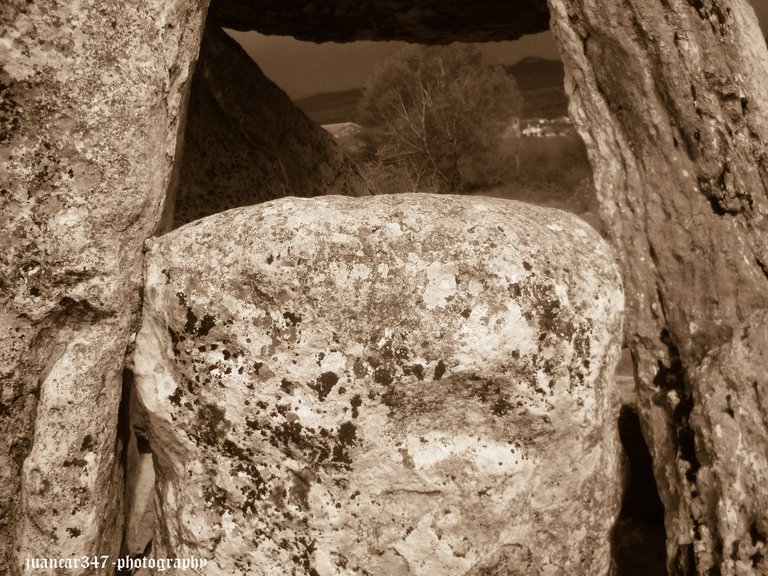
El concepto de brujería, guarnecido con el satanismo y la introducción de a figura del Diablo bajo la tosca apariencia de un macho cabrío, llegó después, de la mano de fervientes evangelizadores, que, como San Martín, el de Dumio, declararon una guerra sin cuartel, tanto a estos elementos, testigos de un mundo perdido, como a aquellos otros, que, bailando a su alrededor para celebrar los solsticios y especialmente la gratificante prodigalidad de las cosechas, sentenciaran con el nombre de ‘veneratore lapidi’; es decir: ‘adoradores de las piedras’.

El dolmen de Sorginetxe, por lo tanto, es algo más que el testigo de una civilización, que, como milenios después los constructores medievales de iglesias y catedrales, tenían unos rudimentarios conocimientos de Astronomía y sabían también escoger los lugares donde levantar los manifiestos físicos de su fe, sirvieran estos de templos, de recintos funerarios o de ambas cosas a la vez. Es un superviviente. Un superviviente, que no está ahí porque sí, en ese lugar solitario, donde, en ocasiones, son los rollizos rebaños de ovejas los que, como inestimables servidores del orden ecológico, se encargan de mantenerlo libre de rastrojos
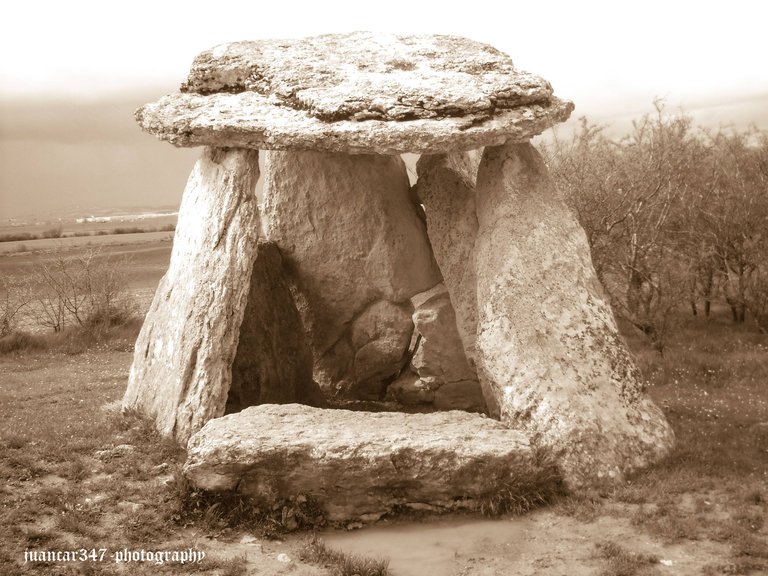
NOTICE: Both the text and the accompanying photographs are my exclusive intellectual property and are therefore subject to my copyright.
AVISO: Tanto el texto, como las fotografías que lo acompañan, son de mi exclusiva propiedad intelectual y por lo tanto, están sujetos a mis Derechos de Autor.
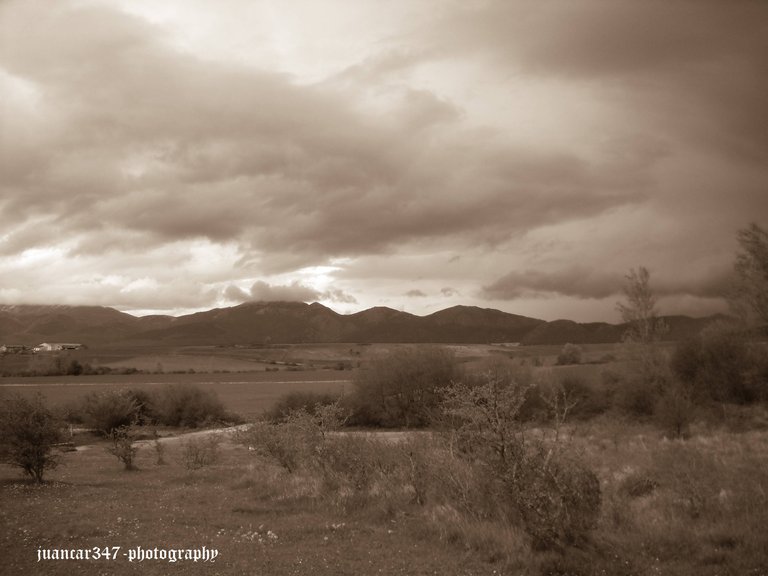
Awesome photos brother :)
Nice shot :)
Thank-you
You're welcome :)
Muy interesante ver que estos dolmens todavía se conservan, y no fueron demolidos por la intolerancia religiosa de los siglos pasados.
¿En cuál provincia se encuentran?
Fue una suerte, desde luego, porque muchos fueron derribados y no pocas iglesias se levantaron encima de ellos. Este, en particular, está en la Llanada Alavesa y es de los más famosos por las leyendas a él asociadas. Un cordial saludo
Witch roundabout 🧙♀️🧹
Such a great amazing place. I like it.
Thank-you
Most welcome.
https://x.com/lee19389/status/1935093285141270961
#hive #posh